-
-62%
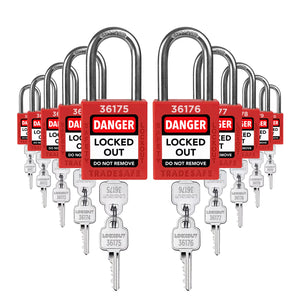
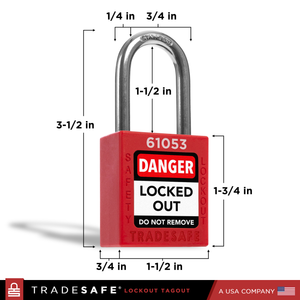
Keyed Different Lockout Locks - 10 Red Padlocks - 2 Keys Per Lock
Regular price $59.95Regular price$159.00-62%Sale price $59.95 -
-62%
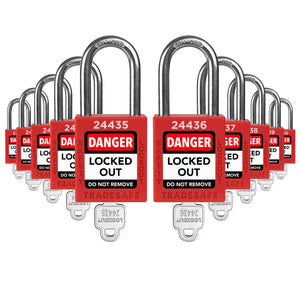
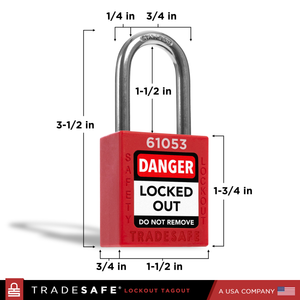
Keyed Different Lockout Locks - 10 Red Padlocks - 1 Key Per Lock
Regular price $59.95Regular price$159.00-62%Sale price $59.95 -
-34%
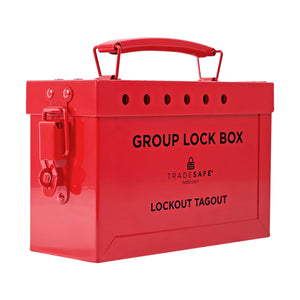
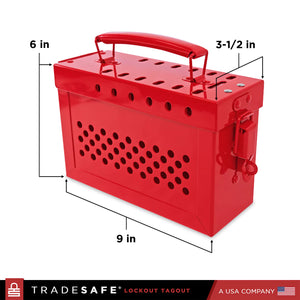
Portable Group Lockout Box
Regular price $39.50Regular price$60.00-34%Sale price $39.50 -
-38%
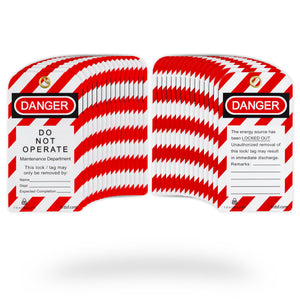
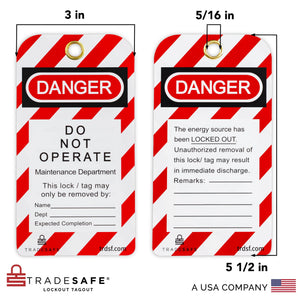
Lockout Tagout Danger Tags – Pack of 30
Regular price $36.95Regular price$60.00-38%Sale price $36.95 -
-42%
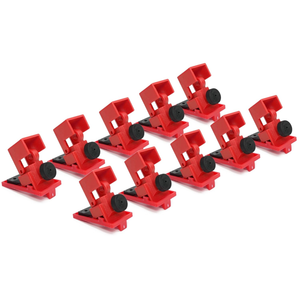
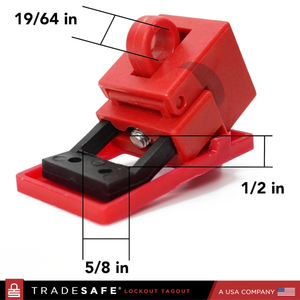
Clamp-on Circuit Breaker Lockout Device – 120/277 Volt – 10 Pack
Regular price $69.95Regular price$120.00-42%Sale price $69.95 -
-50%
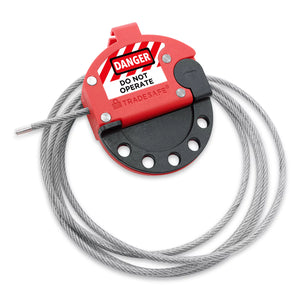
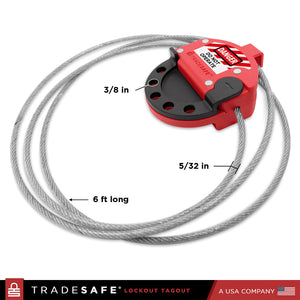
Adjustable Cable Lock Out Device - 6ft
Regular price $17.98Regular price$36.00-50%Sale price $17.98 -
-47%
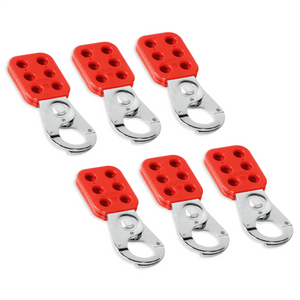
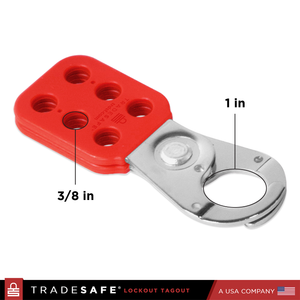
Lockout Tagout Hasp – Nylon and Steel, 1" Jaw Diameter, 6 Pack
Regular price $35.95Regular price$68.00-47%Sale price $35.95 -
-53%
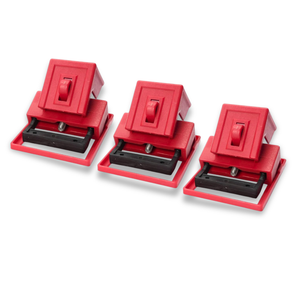
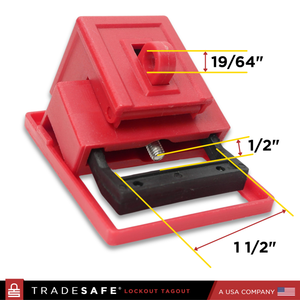
Clamp-on Circuit Breaker Lockout Device – 480/600 Volt – 3 Pack
Regular price $27.95Regular price$60.00-53%Sale price $27.95 -
-54%
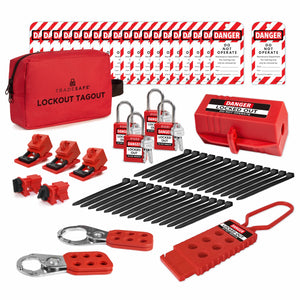
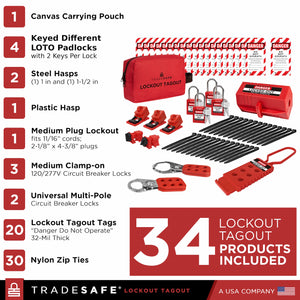
Electrical Lockout Tagout Kit – 2 Keys Per Lock
Regular price $68.95Regular price$149.00-54%Sale price $68.95 -
-38%
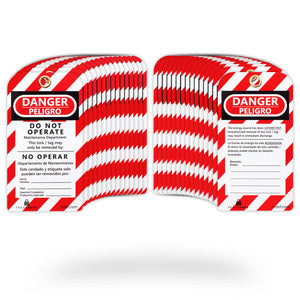
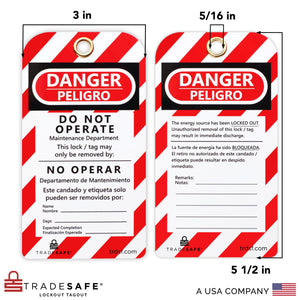
Bilingual Lockout Tagout Danger Tags – Pack of 30
Regular price $36.95Regular price$60.00-38%Sale price $36.95 -
-62%
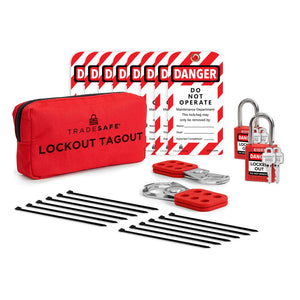
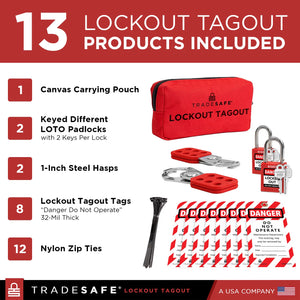
Personal Lockout Tagout Kit – 2 Keys Per Lock
Regular price $41.95Regular price$110.00-62%Sale price $41.95 -
-40%
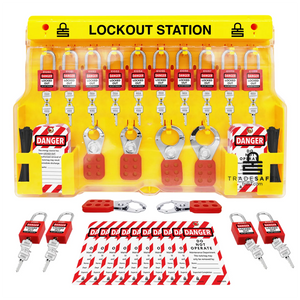
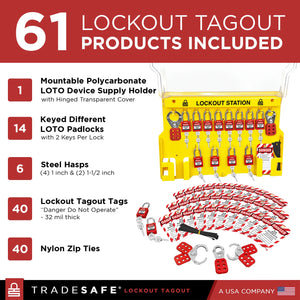
Lockout Tagout Station - XL
Regular price $199.99Regular price$335.00-40%Sale price $199.99 -
-62%

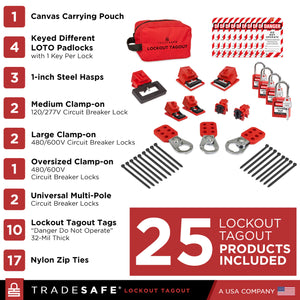
Complete Breaker Lockout Tagout Kit – 1 Key Per Lock
Regular price $79.90Regular price$209.00-62%Sale price $79.90 -
-62%
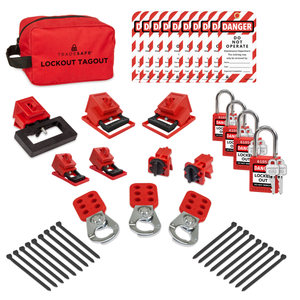
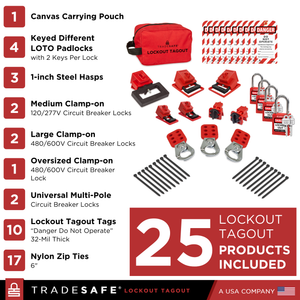
Complete Breaker Lockout Tagout Kit – 2 Keys Per Lock
Regular price $79.90Regular price$209.00-62%Sale price $79.90 -
-49%
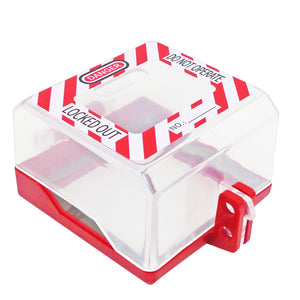
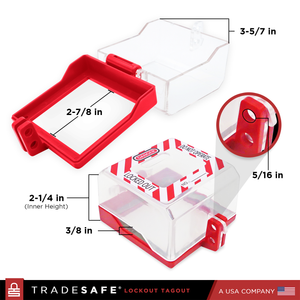
Push Button Lockout - Box Type - Large
Regular price $39.95Regular price$79.00-49%Sale price $39.95 -
-50%
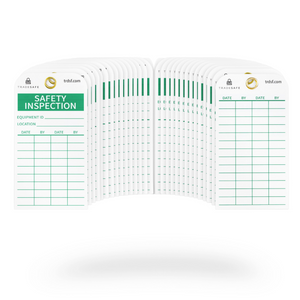
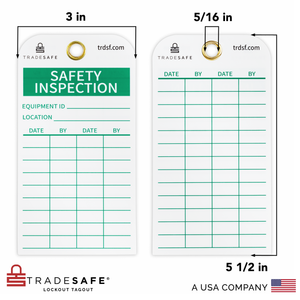
Safety Inspection Tags – Pack of 30
Regular price $29.95Regular price$60.00-50%Sale price $29.95 -
-50%
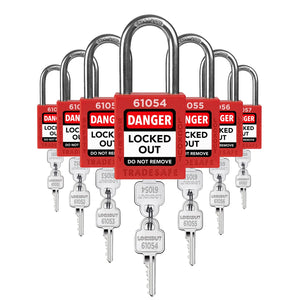
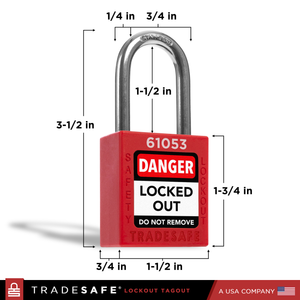
Keyed Different Lockout Locks - 7 Red Padlocks - 2 Keys Per Lock
Regular price $45.95Regular price$91.00-50%Sale price $45.95 -
-50%
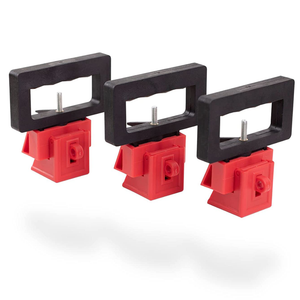
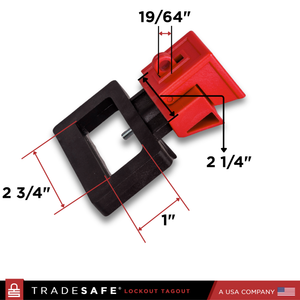
Clamp-on Circuit Breaker Lockout Device – Oversized 480/600 Volt – 3 Pack
Regular price $34.95Regular price$70.00-50%Sale price $34.95 -
-36%
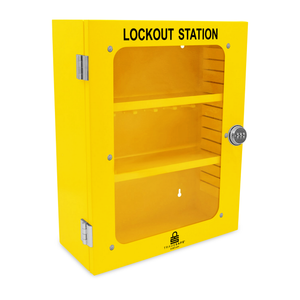
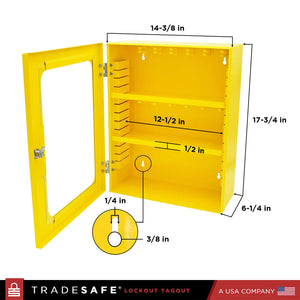
Lockout Tagout Cabinet - LOTO Devices Not Included - Large
Regular price $189.95Regular price$299.00-36%Sale price $189.95 -
-50%
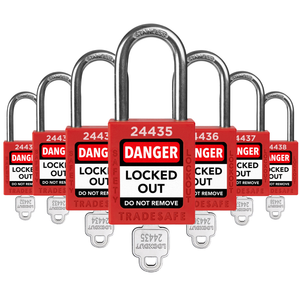
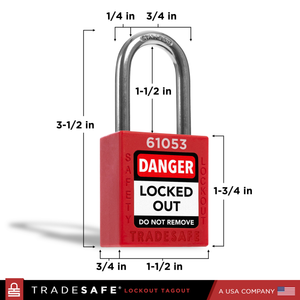
Keyed Different Lockout Locks - 7 Red Padlocks - 1 Key Per Lock
Regular price $45.95Regular price$91.00-50%Sale price $45.95 -
-62%
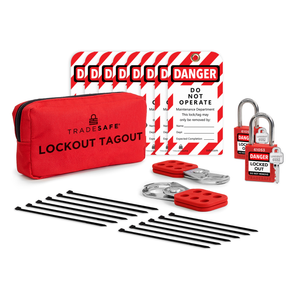
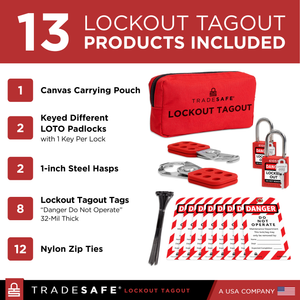
Personal Lockout Tagout Kit – 1 Key Per Lock
Regular price $41.95Regular price$110.00-62%Sale price $41.95 -
-56%
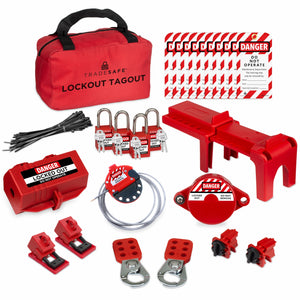
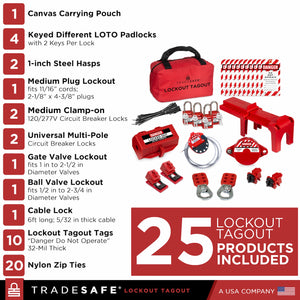
Professional Lockout Tagout Kit – 2 Keys Per Lock
Regular price $84.95Regular price$193.00-56%Sale price $84.95 -
-62%
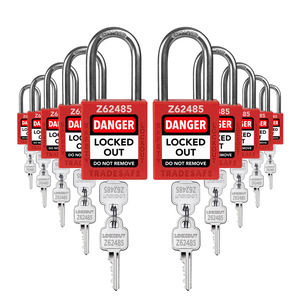
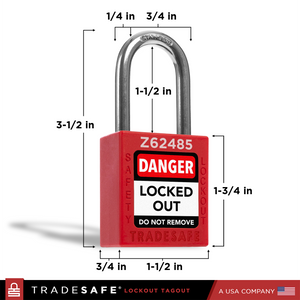
Keyed Alike Lockout Locks - 10 Red Padlocks - 2 Keys Per Lock
Regular price $59.95Regular price$159.00-62%Sale price $59.95 -
-54%
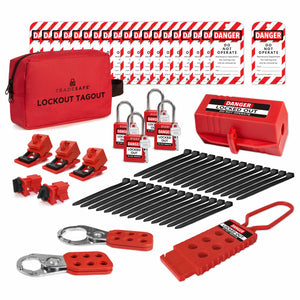
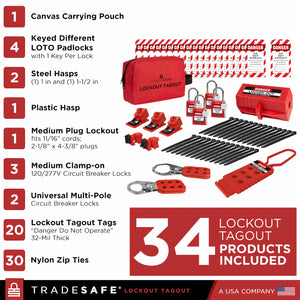
Electrical Lockout Tagout Kit – 1 Key Per Lock
Regular price $68.95Regular price$149.00-54%Sale price $68.95 -
-62%
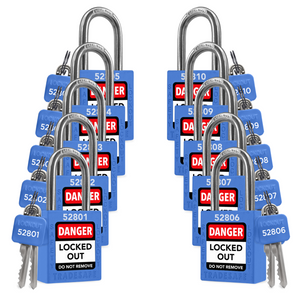
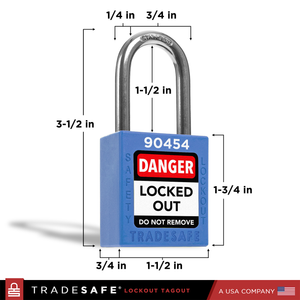
Keyed Different Lockout Locks - 10 Blue Padlocks - 2 Keys Per Lock
Regular price $59.95Regular price$159.00-62%Sale price $59.95 -
-62%


Keyed Different Lockout Locks - 10 Yellow Padlocks - 2 Keys Per Lock
Regular price $59.95Regular price$159.00-62%Sale price $59.95 -
-49%
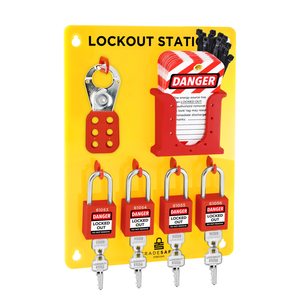
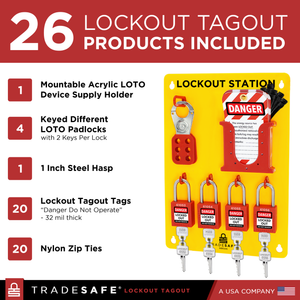
Lockout Tagout Station – Medium
Regular price $109.95Regular price$215.00-49%Sale price $109.95 -
-42%
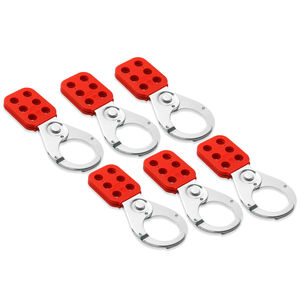
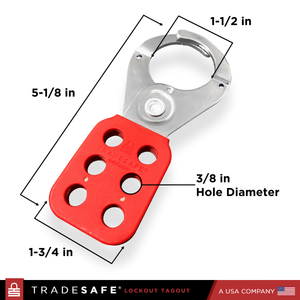
Lockout Tagout Hasp – Nylon and Steel, 1-1/2" Jaw Diameter, 6 Pack
Regular price $45.95Regular price$79.00-42%Sale price $45.95 -
-37%

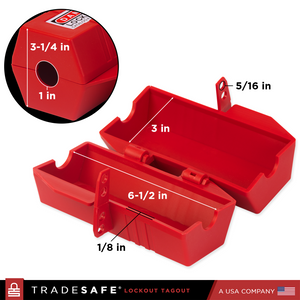
Plug Lockout Device - 220V - Large
Regular price $18.95Regular price$29.95-37%Sale price $18.95 -
-62%
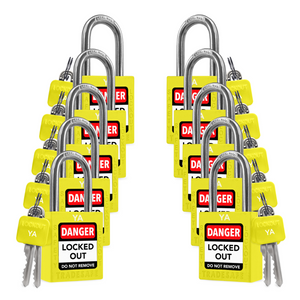
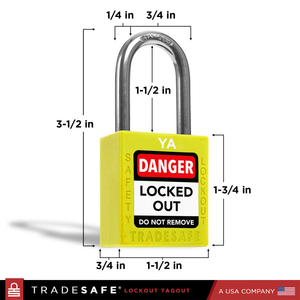
Keyed Alike Unlimited Lockout Locks - 10 Yellow Padlocks - 2 Keys Per Lock
Regular price $59.95Regular price$159.00-62%Sale price $59.95 -
-16%
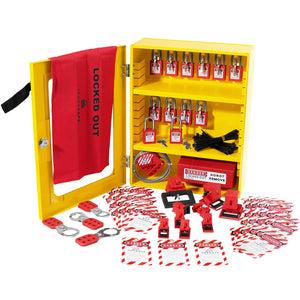
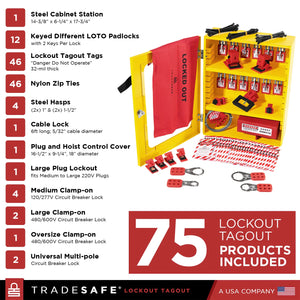
Lockout Tagout Cabinet - 75 Devices
Regular price $420.95Regular price$499.00-16%Sale price $420.95 -
-62%


Keyed Alike Lockout Locks - 10 Blue Padlocks - 2 Keys Per Lock
Regular price $59.95Regular price$159.00-62%Sale price $59.95 -
-56%
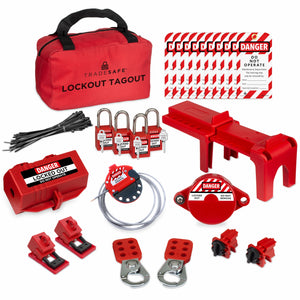
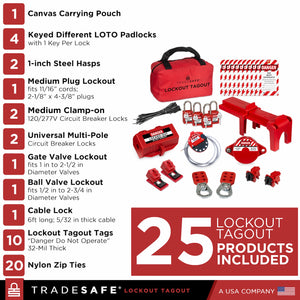
Professional Lockout Tagout Kit – 1 Key Per Lock
Regular price $84.95Regular price$193.00-56%Sale price $84.95 -
-44%
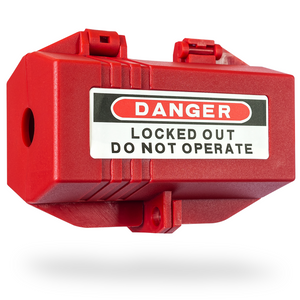
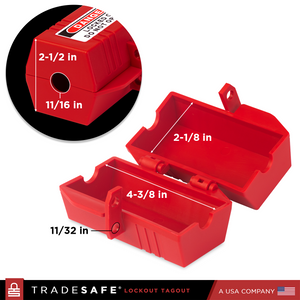
Plug Lockout Device - 110 to 125V - Medium
Regular price $13.95Regular price$24.95-44%Sale price $13.95 -
-45%
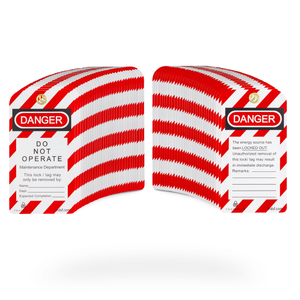
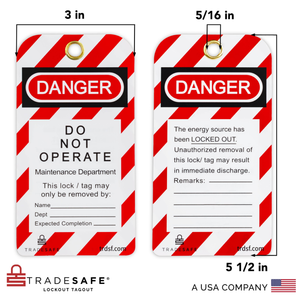
Lockout Tagout Danger Tags – Pack of 60
Regular price $65.95Regular price$120.00-45%Sale price $65.95 -
-62%
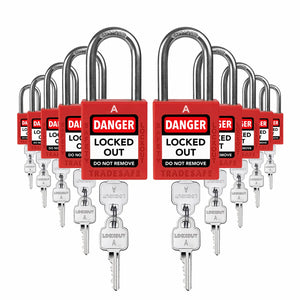
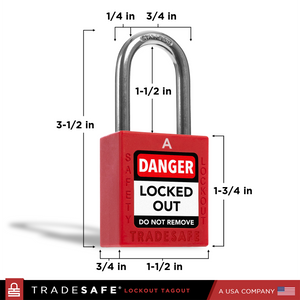
Keyed Alike Unlimited Lockout Locks - 10 Red Padlocks - 2 Keys Per Lock
Regular price $59.95Regular price$159.00-62%Sale price $59.95 -
-53%
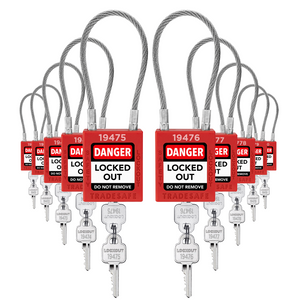
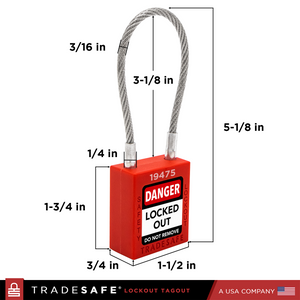
Keyed Different Cable Padlocks - 10 Red Locks - 2 Keys Per Lock
Regular price $74.95Regular price$159.00-53%Sale price $74.95 -
-53%
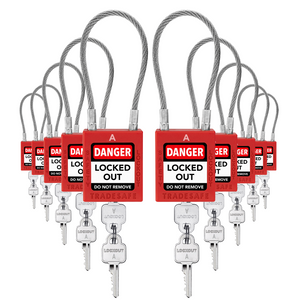
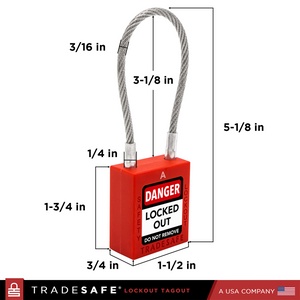
Keyed Alike Unlimited Cable Padlocks - 10 Red Locks - 2 Keys Per Lock
Regular price $74.95Regular price$159.00-53%Sale price $74.95 -
-62%
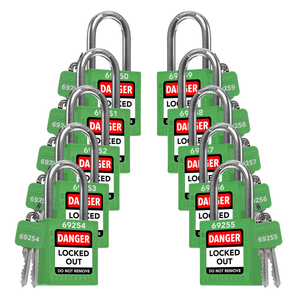
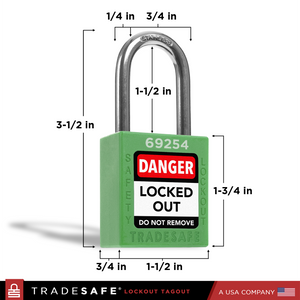
Keyed Different Lockout Locks - 10 Green Padlocks - 2 Keys Per Lock
Regular price $59.95Regular price$159.00-62%Sale price $59.95 -
-47%
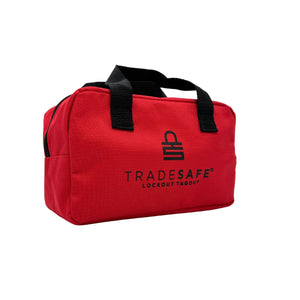
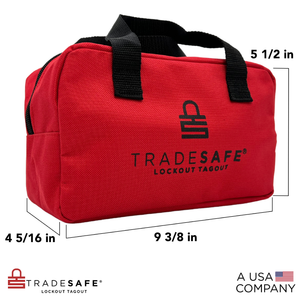
Lockout Tagout Bag, 9-3/8" x 5-1/2" x 4-5/16”
Regular price $15.99Regular price$30.00-47%Sale price $15.99 -
-49%
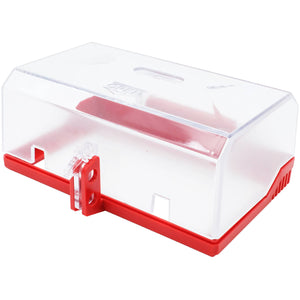
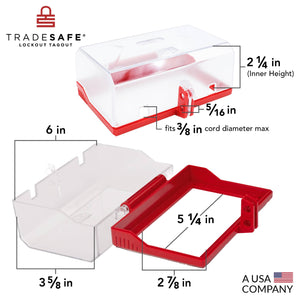
Push Button Lockout - Box Type - XL
Regular price $44.95Regular price$89.00-49%Sale price $44.95 -
-61%
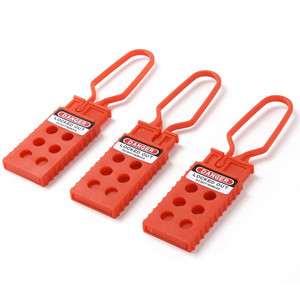
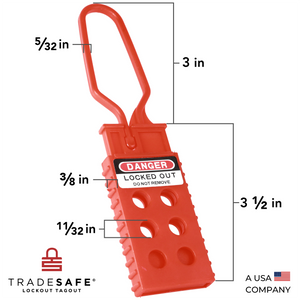
Lockout Tagout Hasp with 6 Padlock Holes – Polypropylene – 3 Pack
Regular price $14.95Regular price$38.00-61%Sale price $14.95 -
Sold out
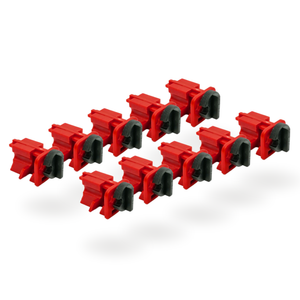
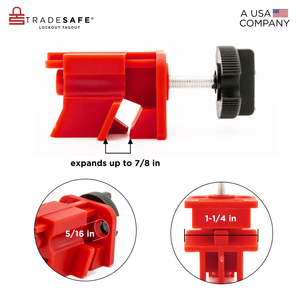
Universal Circuit Breaker Lockout Device - up to 7/8" Tie Bar – 10 Pack
Regular price $78.95Regular price$130.00-39%Sale price $78.95 -
-62%


Keyed Alike Lockout Locks - 10 Yellow Padlocks - 2 Keys Per Lock
Regular price $59.95Regular price$159.00-62%Sale price $59.95 -
-50%
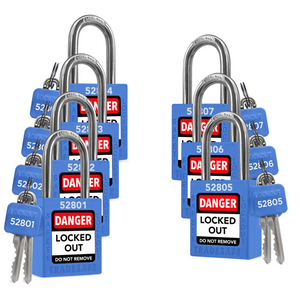
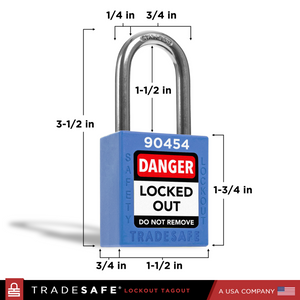
Keyed Different Lockout Locks - 7 Blue Padlocks - 2 Keys Per Lock
Regular price $45.95Regular price$91.00-50%Sale price $45.95 -
-17%
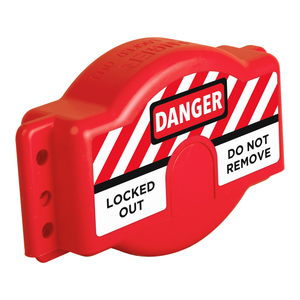
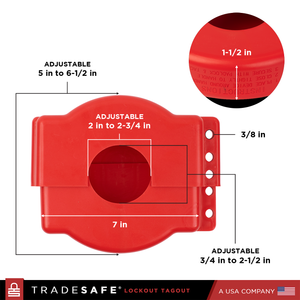
Adjustable Gate Valve Lockout - 1” to 6-1/2” Handle Diameter
Regular price $19.95Regular price$24.00-17%Sale price $19.95 -
-62%
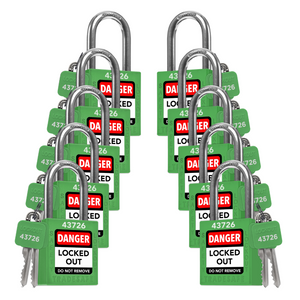
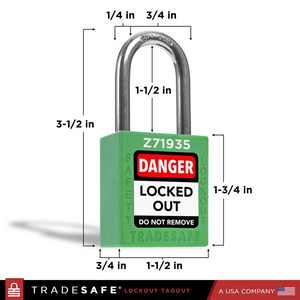
Keyed Alike Lockout Locks - 10 Green Padlocks - 2 Keys Per Lock
Regular price $59.95Regular price$159.00-62%Sale price $59.95 -
-33%
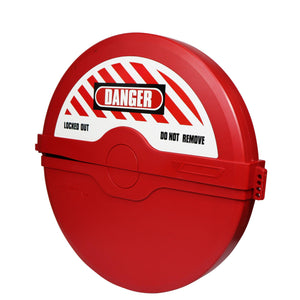
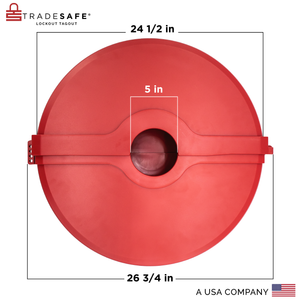
Gate Valve Lockout – 18” to 24” Valve Handle Diameter
Regular price $139.95Regular price$209.00-33%Sale price $139.95
It is only imperative that industrial workplaces prioritize occupational health and safety. Because factories, industrial plants, and other high-risk workplaces have a lot of occupational hazards, companies must ensure their employees have the tools and training to maintain a safe working environment.
The Occupational Safety and Health Administration (OSHA) is part of the United States Department of Labor that guarantees employees' safety and health by establishing and enforcing standards as well as providing training, outreach, information, and support.
At TRADESAFE, every product is made of premium quality materials, precision-engineered to be easy to use, and constructed to comply with OSHA standards. Our collection includes absorbents, eyewash stations, lockout tagout devices and supplies, and signs. Keep your trade safe with TRADESAFE, a trusted industrial safety brand.
































































































